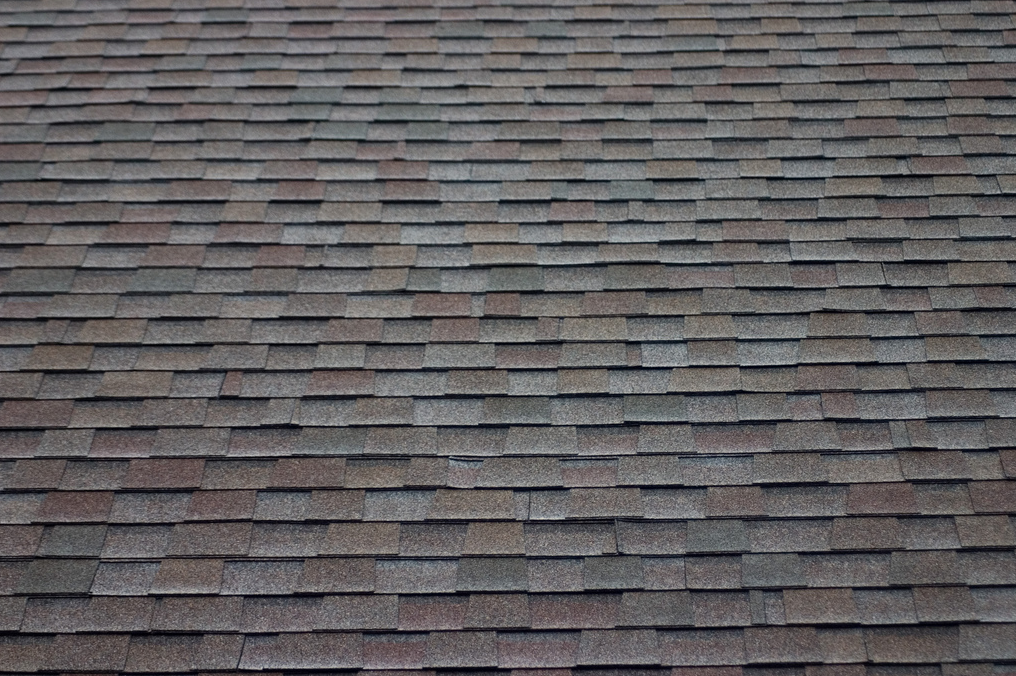
Asphalt
Concrete shingles are usually dark and somewhat sparkly and can be bought in bundles. They may be most popular within the Midwest since they endure severe climatic conditions and high snowfall adequately. Also, they are versatile, inexpensive and easy to work alongside. chimney, edges and vent flashings or wall terminations, concrete may be the most affordable shingle you are able to put in because the installation does not demand any special add-ons for that roofing edges. These shingles are easy for your roofers to fit and cut plus they are suitable for most kinds of edging and flashing.
Ceramic Tiles
These tile shingles are one of the oldest roofing materials recognized to man but they are continue to extremely popular in warm places just like the Southwestern United States and Florida. Clay-based roof tiles appearance nice are comparatively cheap. They are also quite simple to create small maintenance on. Ceramic tiles operate specifically nicely to intensive sunshine and can help you to maintain your home great.
Copper
This option is becoming more and more popular, especially as an accent choice on houses and buildings, though you won't see a shiny penny for very long. Over time, copper will weather to a eco-friendly color that you may notice on old structures. However copper can be quite strikingly stunning, whether or not as being a new sparkly reddish-precious metal or an oxidized blue-eco-friendly patina, it's also very pricey.
